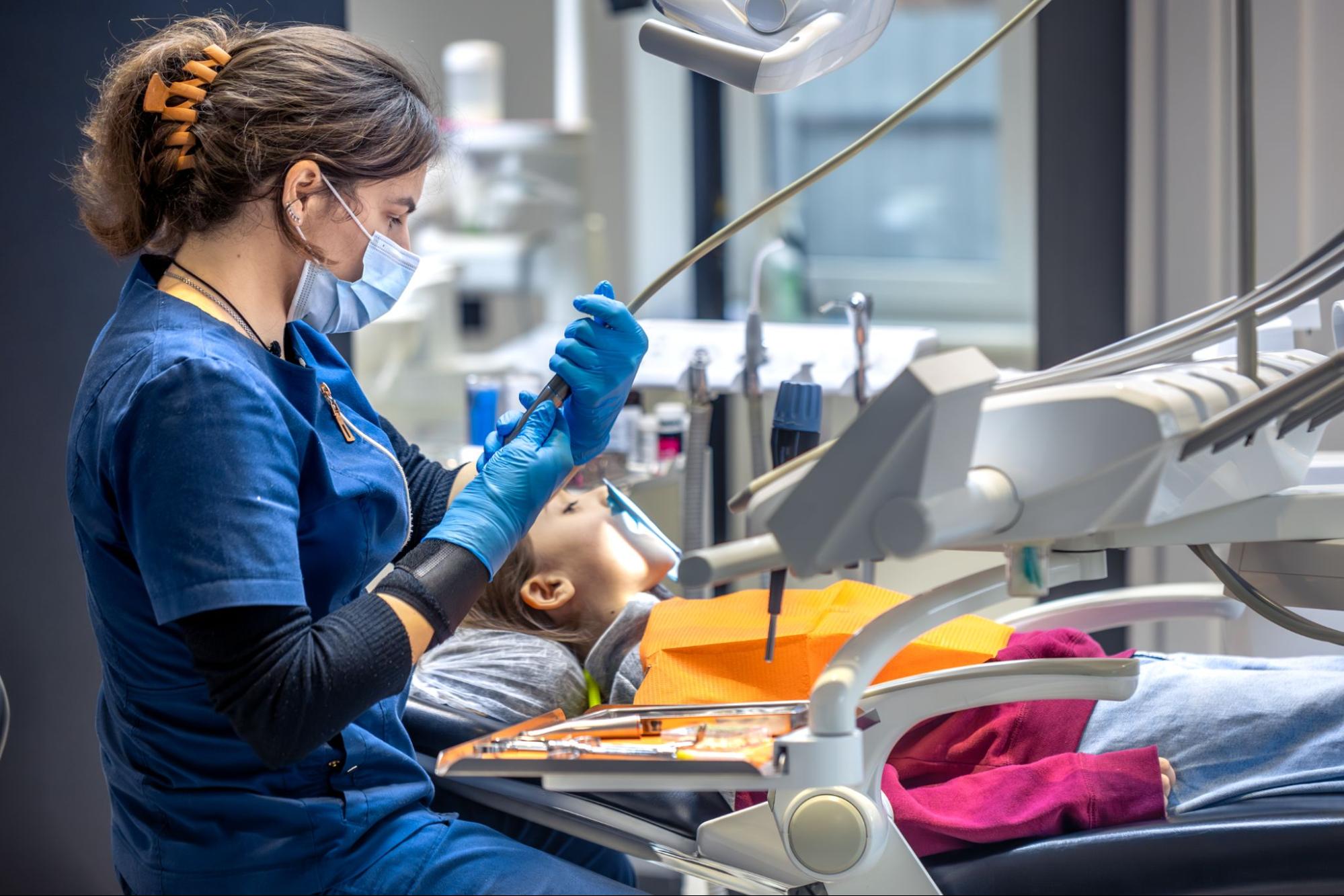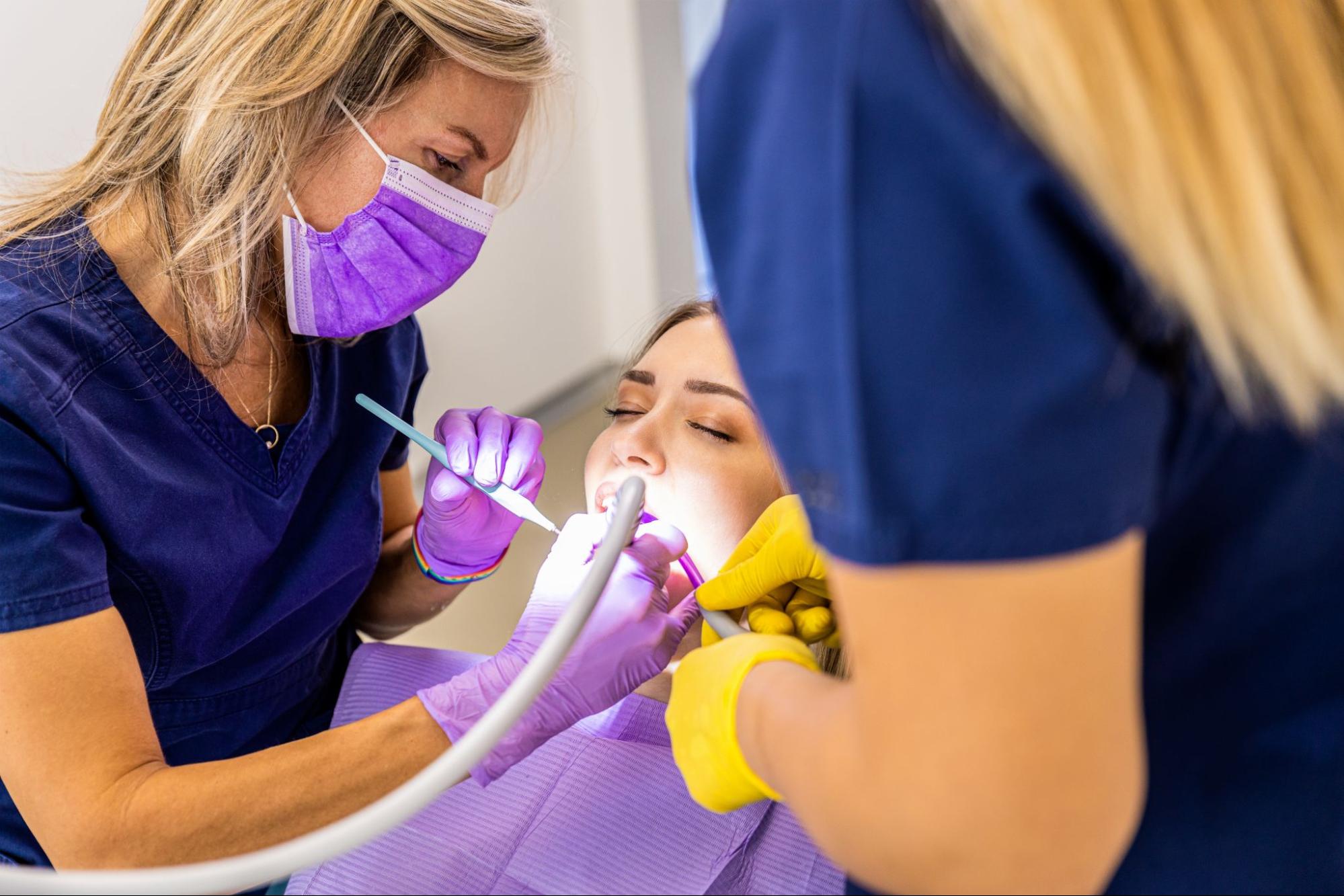What to Expect During a Visit to a Sedation Dentist

Visiting the dentist can be an anxiety-inducing experience for many people. Whether it’s the sounds of the instruments, the sterile environment, or just the general fear of pain, dental visits are often associated with stress and discomfort. Fortunately, sedation dentistry offers a solution for patients who experience dental anxiety or require extensive dental work. If you’re considering a visit to a sedation dentist, it’s essential to know what to expect during the appointment, from the consultation through to post-treatment care. This blog will walk you through the key elements of a sedation dental visit so you can feel more comfortable and confident when you walk through the door.
What is Sedation Dentistry?
Sedation dentistry involves using medication to help patients relax during dental procedures. Unlike general anesthesia, which puts you completely to sleep, sedation dentistry allows you to stay awake but deeply relaxed. Sedation can be used for a wide range of procedures, from routine cleanings to more complex treatments such as tooth extractions, root canals, or dental implants. There are different levels of sedation, including:
Minimal Sedation
You remain awake but experience a deep sense of relaxation, allowing you to feel calm during the procedure.
Moderate Sedation
You may slur your speech or forget parts of the procedure, but you remain conscious and can respond to the dentist when needed.
Deep Sedation
You are nearly unconscious but can still be awakened if necessary, though you may not remember much of the procedure afterward.
General Anesthesia
You are fully unconscious and completely unaware of the procedure, ensuring you feel no pain or discomfort during the treatment.
The type of sedation used will depend on your level of anxiety, the complexity of the procedure, and the recommendation of your dentist.
Before the Sedation Dentist Appointment: Consultation & Planning
Your visit to the sedation dentist begins long before the actual procedure. The first step is a consultation, during which your dentist will assess your health, dental needs, and anxiety levels to determine the most appropriate sedation method for you.
Health History
During the consultation, your dentist will review your health history. They will ask about any medical conditions you may have, medications you are taking, allergies, and any previous experiences with sedation or anesthesia. This information helps the dentist select the safest sedation option and ensures no contraindications between your health conditions and the sedatives.
Types of Sedation
Your dentist will also explain the different sedation options and recommend one based on your situation. Common types of sedation used in dentistry include:
Nitrous Oxide (Laughing Gas)
This is a mild form of sedation that helps you feel relaxed and euphoric. It’s typically used for less invasive procedures.
Oral Sedation
This involves taking a pill (often a benzodiazepine) before the procedure to help you relax. You may feel drowsy or even fall asleep, but you’ll still be responsive to the dentist.
IV Sedation
Delivered through a vein, this method provides deeper sedation. It works quickly and is often used for more extensive dental work.
General Anesthesia
In some cases, general anesthesia may be required, especially for patients undergoing major surgery or those with severe dental anxiety.
Pre-Procedure Instructions From Your Sedation Dentist
Before your sedation appointment, your dentist will provide specific instructions based on the type of sedation chosen. Common guidelines may include:
Fasting
For certain types of sedation, particularly general anesthesia, and IV sedation, you may be asked to avoid eating or drinking for several hours prior to your appointment to reduce the risk of complications.
Medication Adjustments
If you take medications regularly, your dentist may advise you to adjust your dosage or avoid taking certain drugs before the procedure.
Designating a Driver
For most types of sedation, especially oral sedation or IV sedation, you’ll need someone to drive you to and from the appointment since the sedatives can impair your ability to operate a vehicle.

During the Sedation Dentist Appointment: Relaxation & Comfort
When the day of your appointment arrives, your dentist will ensure you are comfortable and ready for the procedure. Here’s what to expect during the visit:
Arrival and Setup
Upon arrival at the dentist’s office, you’ll be escorted to a treatment room where you can settle into a comfortable chair. The dentist or dental assistant will review your health history again to ensure everything is in order.
Administration of Sedation
The sedation process will vary depending on the method chosen:
Nitrous Oxide
The dentist will place a mask over your nose and administer the laughing gas. You’ll begin to feel relaxed and may experience a light, tingling sensation.
Oral Sedation
You’ll take a pill about an hour before the procedure. It will help you feel calm and drowsy, but you’ll remain awake and aware of the environment.
IV Sedation
An IV will be inserted into your arm, and sedatives will be delivered directly into your bloodstream. You may feel a sense of relaxation and drowsiness almost immediately.
General Anesthesia
If you’re receiving general anesthesia, you’ll be given a sedative through an IV or gas to induce unconsciousness. This method is typically reserved for more invasive or lengthy procedures.
The Procedure
Once the sedation has taken effect, the dentist will begin the dental procedure. Depending on the level of sedation, you may be fully aware of what’s happening but feel completely relaxed, or you may have little to no memory of the procedure. This sedation can be a great relief for patients who experience anxiety or fear during dental work.
Monitoring and Safety
Throughout the procedure, your dentist and the dental team will monitor your vital signs, such as heart rate, blood pressure, and oxygen levels. This ensures your safety and allows the dentist to adjust the sedation as necessary. If you’re under deeper sedation or general anesthesia, an anesthesiologist may be present to monitor your vitals more closely.
After Your Sedation Dentist Appointment: Recovery & Aftercare
Once the procedure is complete, the dentist will allow you time to recover from the sedation before you leave the office. Here’s what you can expect during the recovery phase:
If You Had Nitrous Oxide
The effects of nitrous oxide wear off quickly, and you’ll likely feel back to normal within a few minutes after the gas is turned off. You may be able to drive yourself home, but it’s still a good idea to have someone accompany you.
If You Had Oral Sedation
You may feel groggy or drowsy for several hours after the procedure. It’s essential to have someone drive you home and avoid any activities that require full alertness.
If You Had IV Sedation
You will need to rest for a while after the procedure, as the effects can linger for a few hours. A driver will be required to take you home.
If You Had General Anesthesia
You must rest in the office until you are fully awake and alert. Once you’re ready, a responsible adult should take you home, and you’ll need to rest for the remainder of the day.
Post-Procedure Instructions From Your Sedation Dentist
Your dentist will provide aftercare instructions specific to your procedure and sedation type. These instructions may include:
Rest for the Remainder of the Day
After the procedure, allow your body to recover by resting to minimize fatigue and promote healing.
Avoid Strenuous Activity
Avoid heavy physical activity for a day or two to avoid straining your body and ensure proper healing.
Take Pain Medication if Necessary
Follow your dentist’s instructions for pain management, taking prescribed medication as needed to stay comfortable.
Monitor for Signs of Complications
Watch for unusual symptoms, such as excessive bleeding, swelling, or signs of infection, especially after surgical procedures.
You may also be advised to follow a soft-food diet and avoid hot or cold foods until any numbness from the procedure has worn off.
Follow-Up Appointments With Your Sedation Dentist
For more extensive procedures, your dentist will schedule follow-up appointments to monitor your progress and ensure you’re healing properly. These visits also allow you to discuss concerns or ask questions about your recovery.
Benefits of Seeing a Sedation Dentist
Sedation dentistry offers numerous advantages, particularly for patients with dental anxiety or those
requiring more invasive procedures. Here are a few key benefits:
Reduced Anxiety
Sedation helps you remain calm and relaxed, making the experience less stressful.
Pain Management
Sedation can also help manage pain, reducing the need for local anesthesia.
Increased Comfort
If you’re undergoing a lengthy or complex procedure, sedation helps you stay comfortable and relaxed throughout.
Improved Cooperation
For patients with special needs or young children, sedation can make it easier to complete the procedure without resistance.

Visit a Sedation Dentist for a Comfortable Dental Experience
A visit to a sedation dentist can make even the most dreaded dental procedure a much more comfortable experience. Whether you suffer from dental anxiety or need extensive dental work, sedation dentistry provides a safe and effective way to manage stress and discomfort. Understanding what to expect before, during, and after your appointment can help you feel more at ease and prepared. If you’re considering sedation dentistry, talk to your dentist about the best options for your needs and take the first step toward a more relaxed and positive dental experience.
Visit the Kids Smile Pediatric Dentistry blog for more insightful articles and tips on dental health, and learn how we can make every visit a positive experience for your little one!
